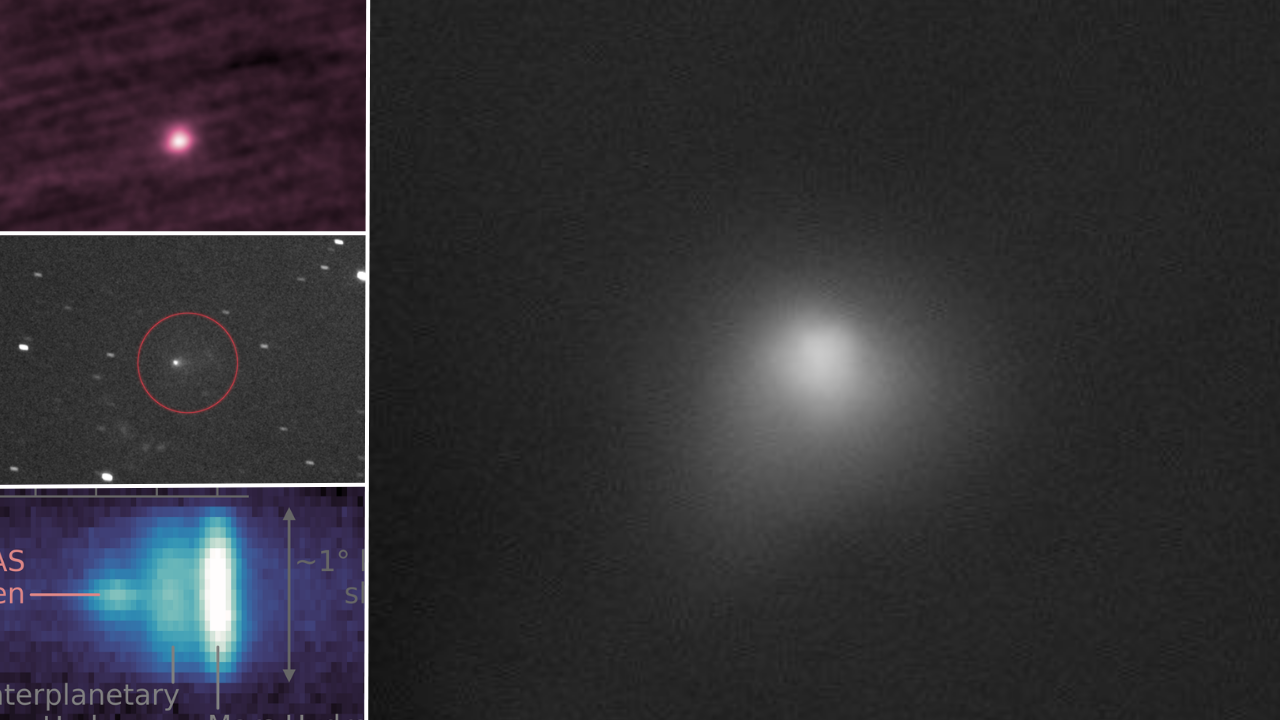NASA Will Launch a Satellite to Study the Edge of Space Overnight. Here's How to Watch.
Editor's note for 4 a.m. EST: NASA and Northrop Grumman called off Wednesday's attempted launch of the ICON satellite due to a technical glitch on the Pegasus XL rocket. The next launch opportunity will be on Thursday (Nov. 8).
NASA's much-delayed Ionospheric Connection Explorer is scheduled to launch early tomorrow morning (Nov. 7) to begin studying the boundary where Earth's atmosphere meets space.
The launch window opens at 3:00 a.m. EST (0800 GMT) and closes at 4:30 a.m. EST (0930 GMT), and the mission will be taking flight from Cape Canaveral Air Force Station in Florida. You can watch the launch live at Space.com, courtesy of NASA TV, through a broadcast that begins at 2:45 a.m EST (0745 GMT).
According to NASA's Kennedy Space Center in Florida, the weather conditions favor a smooth launch, with a 90 percent likelihood of good conditions.
Tomorrow morning's launch has a little twist: The rocket launch will take place from the air. That's because the mission, nicknamed ICON, is launching aboard a Northrop Grumman Pegasus XL rocket, which is designed to fire after being dropped from an airplane called Stargazer L-1011 at a height of about 40,000 feet (12,000 meters).
The Stargazer will drop the Pegasus about 5 minutes after takeoff, and ICON itself will deploy about 11 minutes later, according to a NASA statement about the mission and its launch. The satellite will end up orbiting Earth about 357 miles up (574 kilometers).
The two year, $252 million ICON mission is designed to study Earth's ionosphere — a level of the atmosphere full of highly charged particles that are created by the sun's radiation. The layer interacts with those both above and below it, influenced by terrestrial weather as well as the sun.
Breaking space news, the latest updates on rocket launches, skywatching events and more!
And the ionosphere is a crucial region for what scientists call space weather, the set of phenomena that include harmless glowing aurora and extreme bursts of solar radiation that can knock out satellites orbiting Earth and even power grids on the ground.
ICON will partner in this quest with a mission called the Global-scale Observations of the Limb and Disk, or GOLD, which launched in January and resides at a much higher altitude, where it will capture larger-scale data about the ionosphere.
ICON's launch has been delayed for a year due to concerns about how the rocket would perform.
Email Meghan Bartels at mbartels@space.com or follow her @meghanbartels. Follow us @Spacedotcom and Facebook. Original article on Space.com.

Meghan is a senior writer at Space.com and has more than five years' experience as a science journalist based in New York City. She joined Space.com in July 2018, with previous writing published in outlets including Newsweek and Audubon. Meghan earned an MA in science journalism from New York University and a BA in classics from Georgetown University, and in her free time she enjoys reading and visiting museums. Follow her on Twitter at @meghanbartels.

